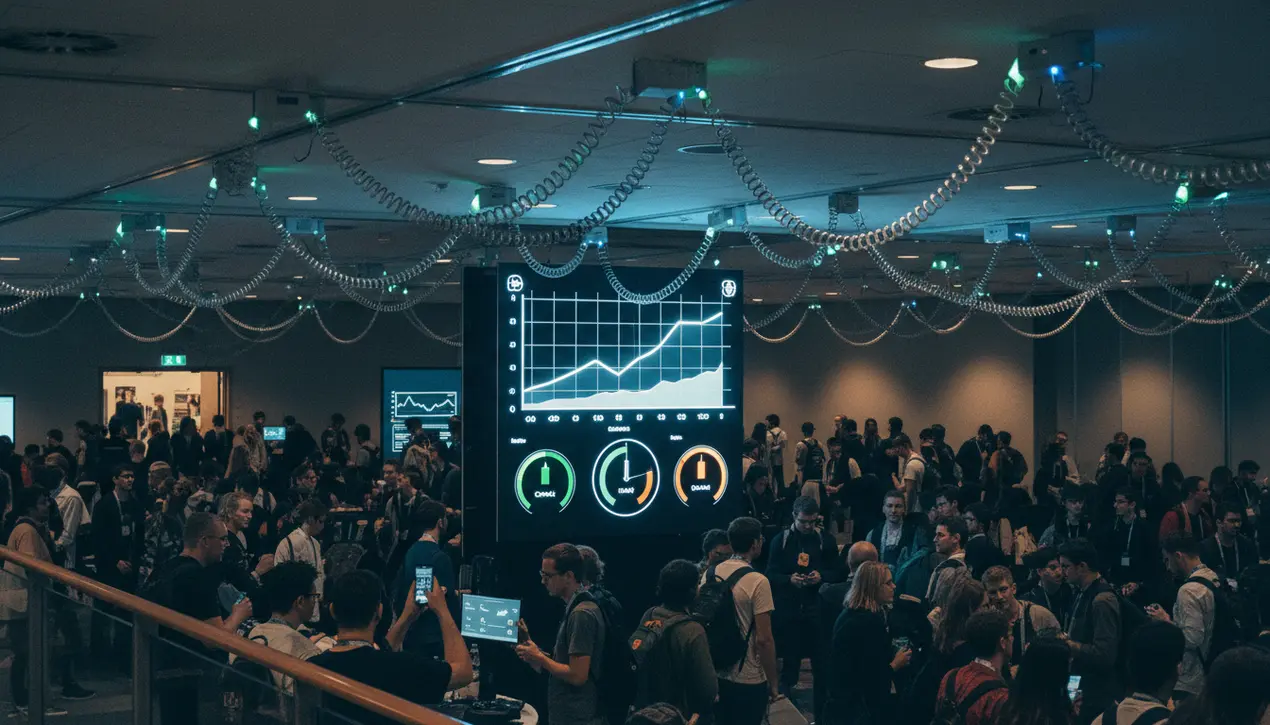
Scienceclimate scienceCO2 Emissions
This Hacker Conference Installed a Literal Anti-Virus Monitoring System
DA
Daniel Reed
1 day ago7 min read2 comments
At New Zealand's Kawaiican cybersecurity convention, an event traditionally dedicated to probing the digital vulnerabilities of our interconnected world, organizers executed a masterstroke of meta-security by deploying a literal, real-time CO2 monitoring system throughout the venue. This wasn't merely a convenience; it was a profound statement, a tangible demonstration of the hacker ethos applied to environmental and public health vectors.The system, presumably a network of sensors feeding data to a central dashboard accessible to attendees even before they set foot on-site, represents a fascinating convergence of IoT (Internet of Things) principles, open-source hardware, and the kind of proactive, data-transparent culture that the infosec community champions. Think of it as a continuous integration/continuous deployment (CI/CD) pipeline for air quality, where the 'malware' is poor ventilation and the 'patch' is informed crowd management.This initiative resonates deeply with the core tenets of cybersecurity: visibility, monitoring, and mitigation of invisible threats. Just as an advanced persistent threat (APT) can lurk undetected in a network for months, high CO2 levels can silently impair cognitive function, leading to decreased alertness—a critical liability for an event where attendees are dissecting complex code and threat models.The move by Kawaiican's organizers echoes the pioneering work in 'Quantified Self' and 'smart city' concepts, but with a distinctly pragmatic, hacker-conference twist. It bypasses the often-opaque systems of commercial building management, offering raw, unfiltered data to the community, empowering individuals to make informed decisions about their movement and exposure.This act of 'civic hacking' on a micro-scale prompts a broader question: if we can architect systems to defend against sophisticated nation-state actors, why should we tolerate opaque environmental controls in our shared spaces? The implications extend beyond conference halls. This model could be readily adapted for schools, offices, and public transport, fostering a new layer of ambient intelligence.It challenges the very definition of an 'anti-virus,' expanding it from a piece of software that scrubs binary code to a holistic system that safeguards the physical and cognitive environment in which that code is written and analyzed. While some might see it as a quirky side-project, it is, in fact, a powerful proof-of-concept for a more transparent, data-driven, and human-centric approach to environmental management, built on the very principles of trust, verification, and community collaboration that underpin the most resilient cryptographic protocols.
#featured
#cybersecurity
#CO2 monitoring
#Kawaiicon
#environmental tech
#convention
#air quality
#hacking
Stay Informed. Act Smarter.
Get weekly highlights, major headlines, and expert insights — then put your knowledge to work in our live prediction markets.
Comments
Loading comments...
© 2025 Outpoll Service LTD. All rights reserved.